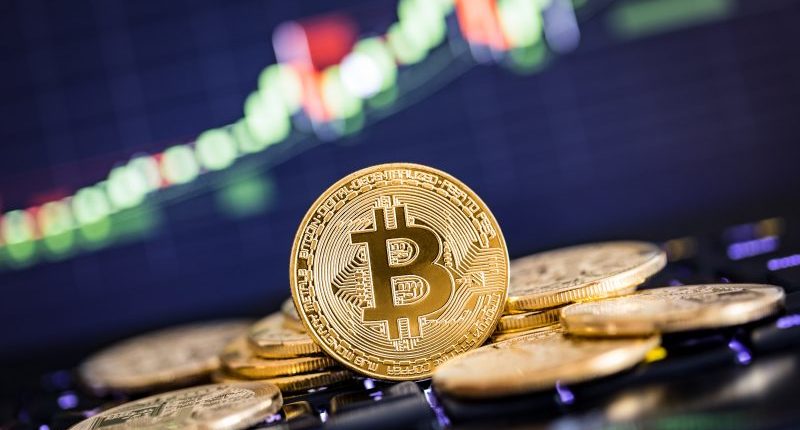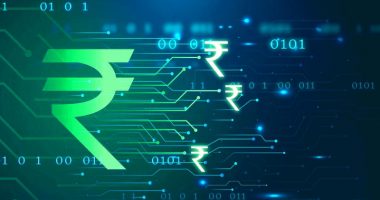The Supreme Court lifted a ban levied by the Reserve Bank of India (RBI) concerning cryptocurrency payments on March 4. In April 2018, the RBI circular had banned the use of bank payment systems for cryptocurrency-related payments. Nevertheless, some of the cryptocurrency exchanges continued to run, concentrating on trading between cryptocurrencies instead of Indian investors making fresh investments in cryptocurrency. In a few cases, they carried on with processing rupee payments via peer-to-peer mechanisms.
CoinDCX, which claims to be India’s largest crypto exchange continued to operate even after the ban. The exchange had observed a sharp increase in both users as well as trading volumes after the SC judgement. The transaction has witnessed about a 10x spike in the area of sign-ups after the SC judgment. The BTC/INR (Bitcoin to Indian Rupees) trading pair has seen a growth of 78.36% in the last 50 days. Also, the CoinDCX exchange has gained around 50,000 users within 50 days.
Two factors have been pushing the volumes. Firstly, most transactions on crypto exchanges are trading transactions, and some traders have returned to the market after the SC decision. It’s mostly not new investor money coming in yet. If the latter had occurred the price of saying the bitcoin would have been far higher than it is. That’s because relatively small fiat currency inflows alter cryptocurrency prices in a significant way. Secondly, since people are staying back at home due to the lockdown, they have time to trade on their computers which have contributed to the rise in cryptocurrency trading.
Also Read: Supreme Court Declares Cryptocurrency Trading Legal in India
Bitcoin, the leading cryptocurrency, has risen in the recent uncertainty in the market but has also seen a lot of volatility. Over two days ending March 13, Bitcoin experienced a plunge of around 50%, falling briefly below $4000. Since then, the cryptocurrency had recovered approximately $6800 for trading when this report was released. In terms of the US currency, it has risen by about 30% over the past year.
Indian crypto industry leaders are divided about whether some of the newly gained interest in virtual currencies is motivated by central banks’ aggressive monetary policies in reaction to the economic downturn triggered by the COVID-19 pandemic.
With massive money printing not just in India but globally, what it’s doing is slowly decreasing rupee’s purchasing power. In India, there is a tiny percentage of people who note that and hedge their portfolios against crypto.
Some advocates of cryptography have drawn a comparison between virtual currencies and gold that often serves as a buffer against inflation and rises when monetary policy is loose.
Also, investors should take note of the regulatory risks related to virtual currencies. The Supreme Court overturned the RBI ban on cryptocurrency-based payments but did not rule on cryptocurrency legality in India. A proposed government bill allegedly aimed to criminalize mere crypto-currency possession in India in 2019. The bill was not, however, published in Parliament. In addition to regulatory threats, investors should also bear in mind that cryptocurrencies are incredibly volatile and can cause substantial losses.
For any clarifications/feedback on the topic, please contact the writer at bhavana.pn@cleartax.in
Bhavana is a Senior Content Writer handling the GST vertical. She is committed, professional, and has a flair for writing. When away from work, she enjoys watching movies and playing with her son. One thing she can’t resist is SHOPPING! Her favourite quote is: “Luck is what happens when preparation meets opportunity”.





